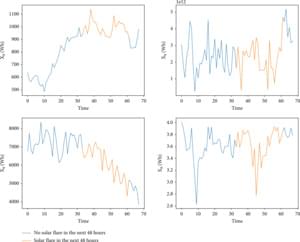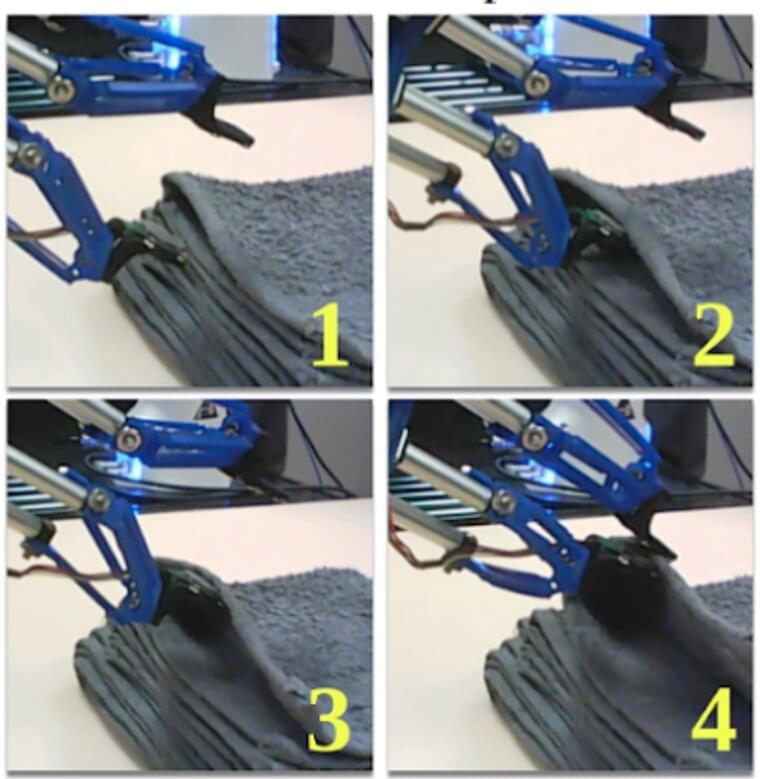3D printing technology continues to add innovations to the scientific world day by day. The Southern University made a new development in 3D printing technology this time of Science and Technology.
Researchers succeeded in a 3D printing strategy to construct flexible and stretchable light-emitting devices that can be integrated with soft robots.
SUSTech is constantly adapting, attracting more and more young students with its constantly burgeoning range of programs and opportunities for research for all levels of study.





